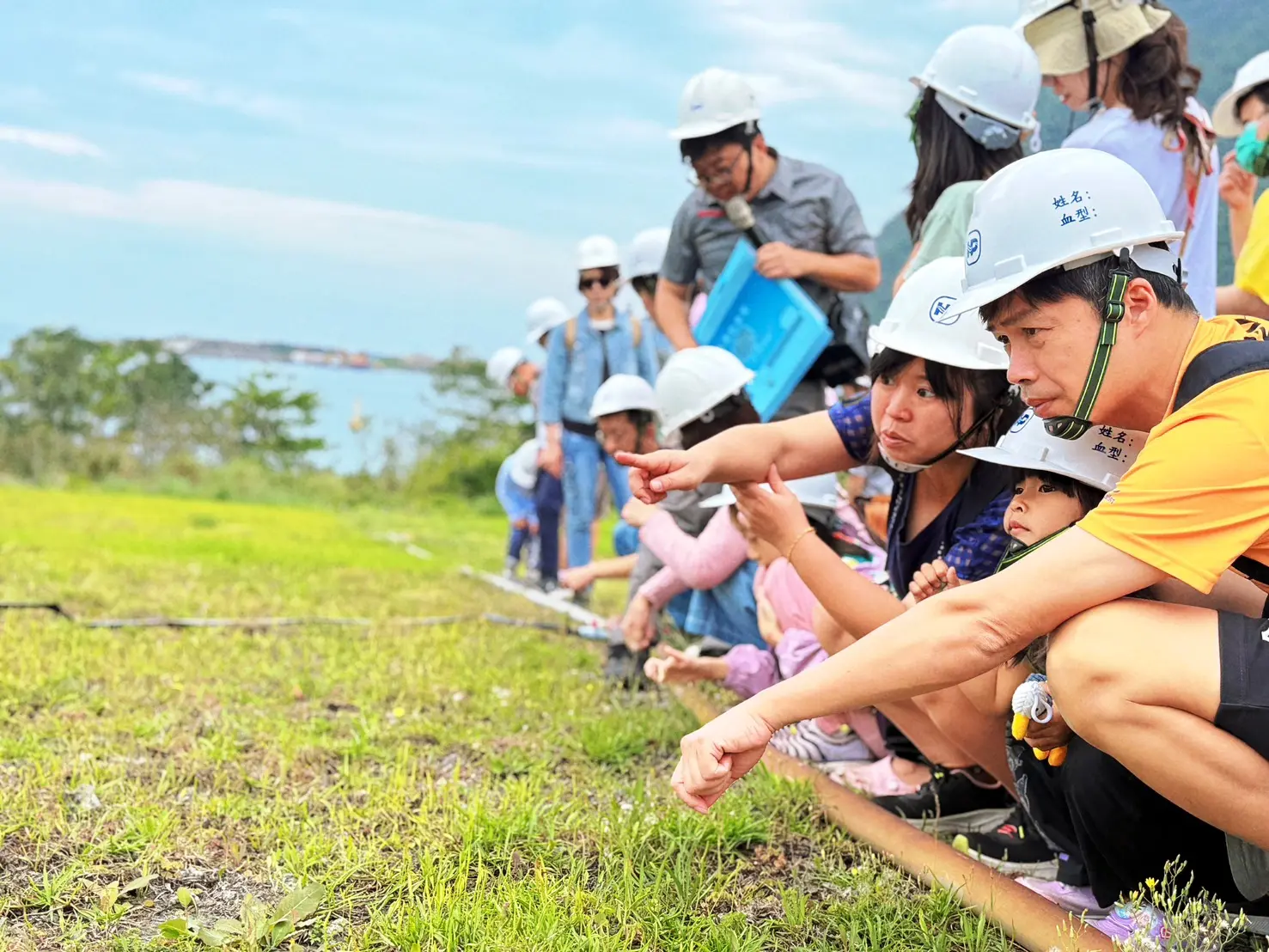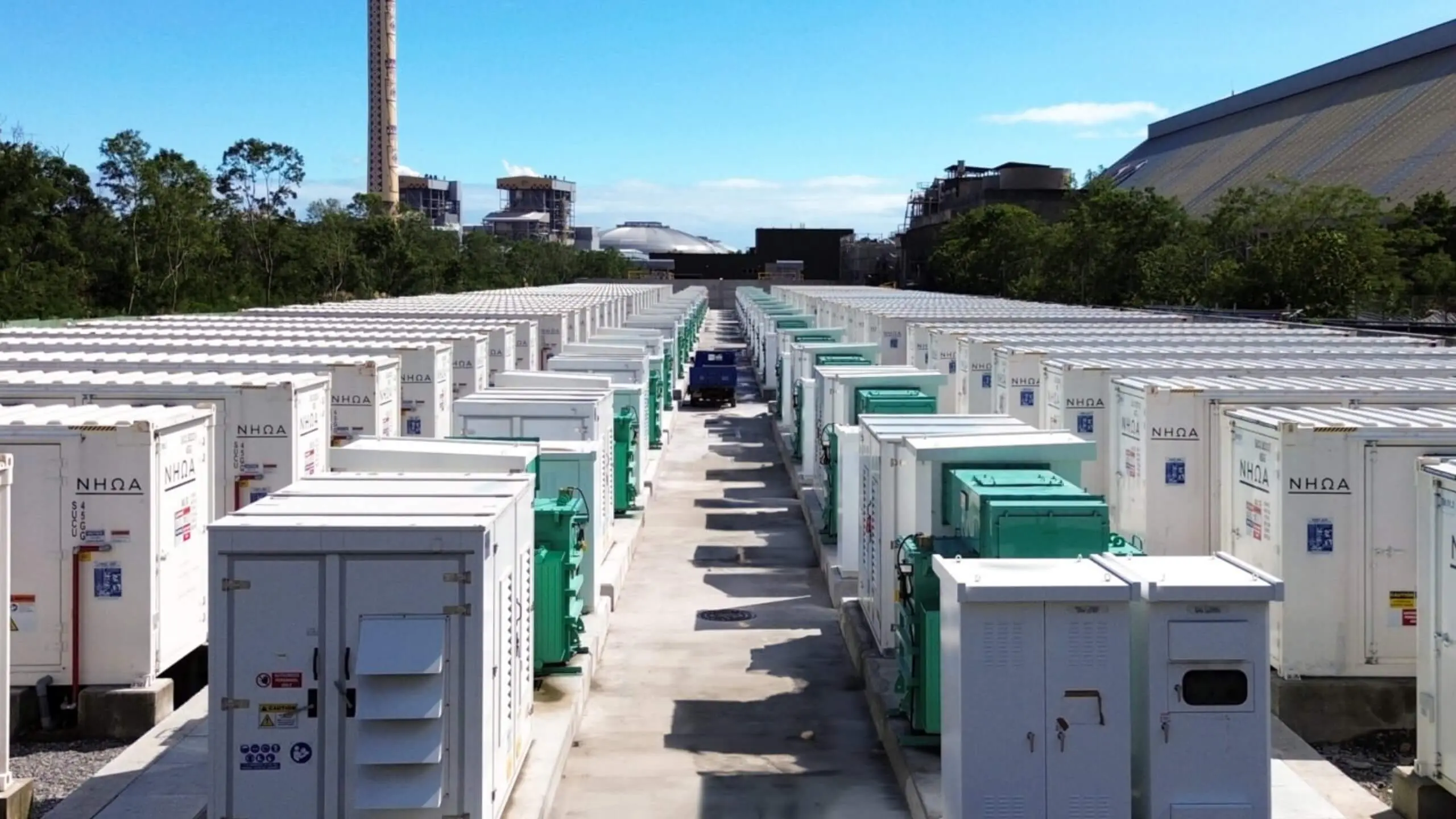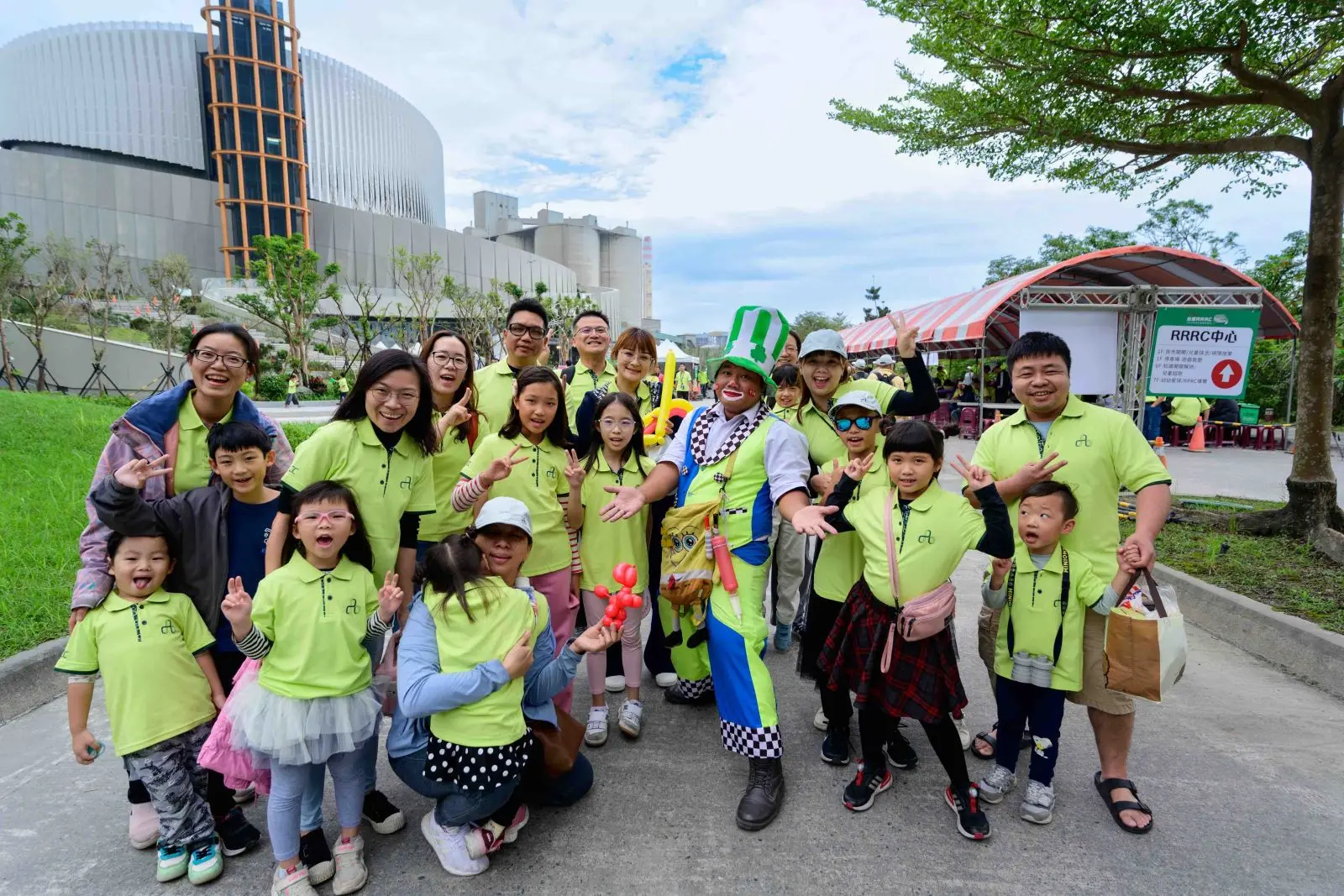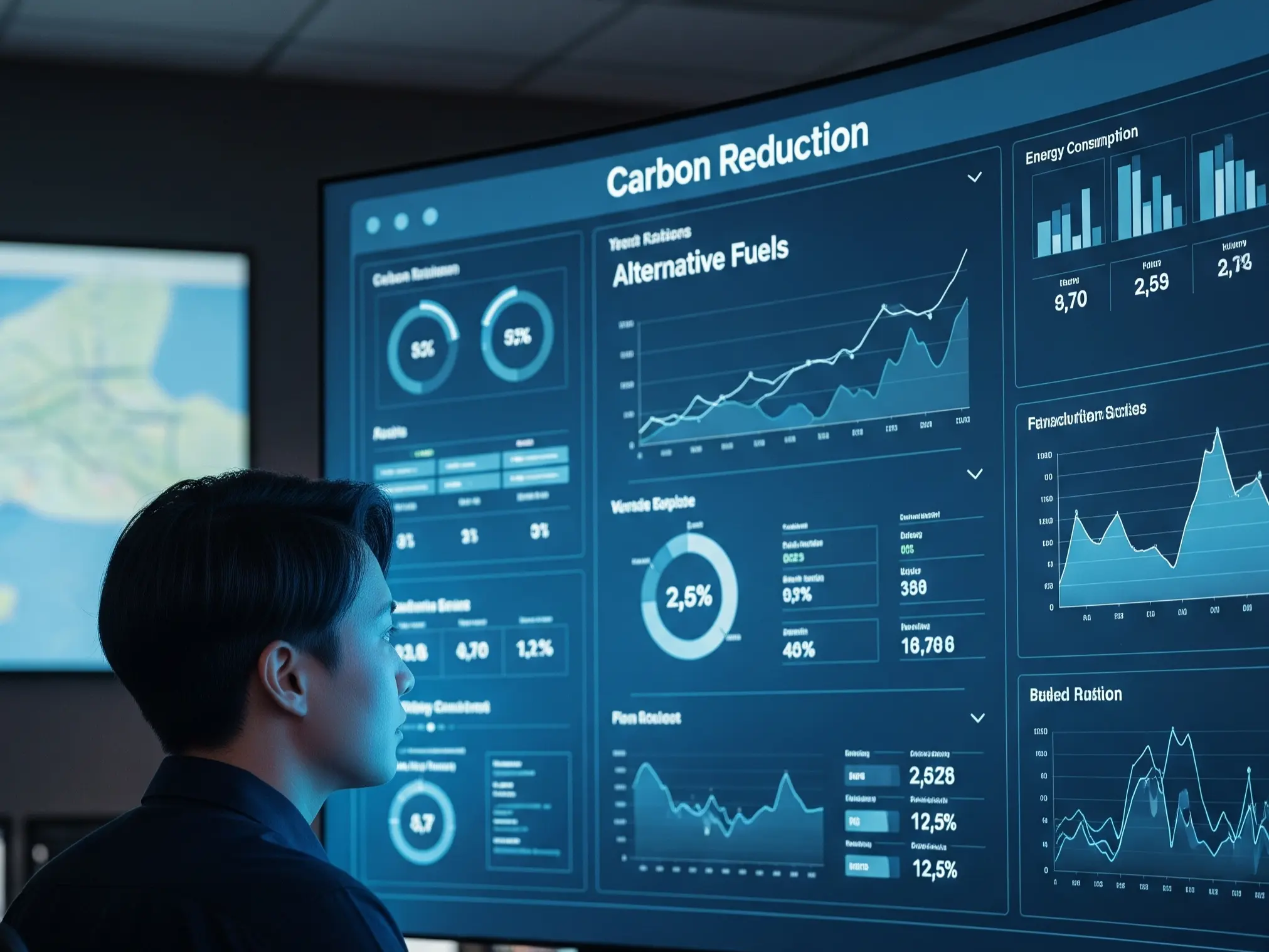GHG Management
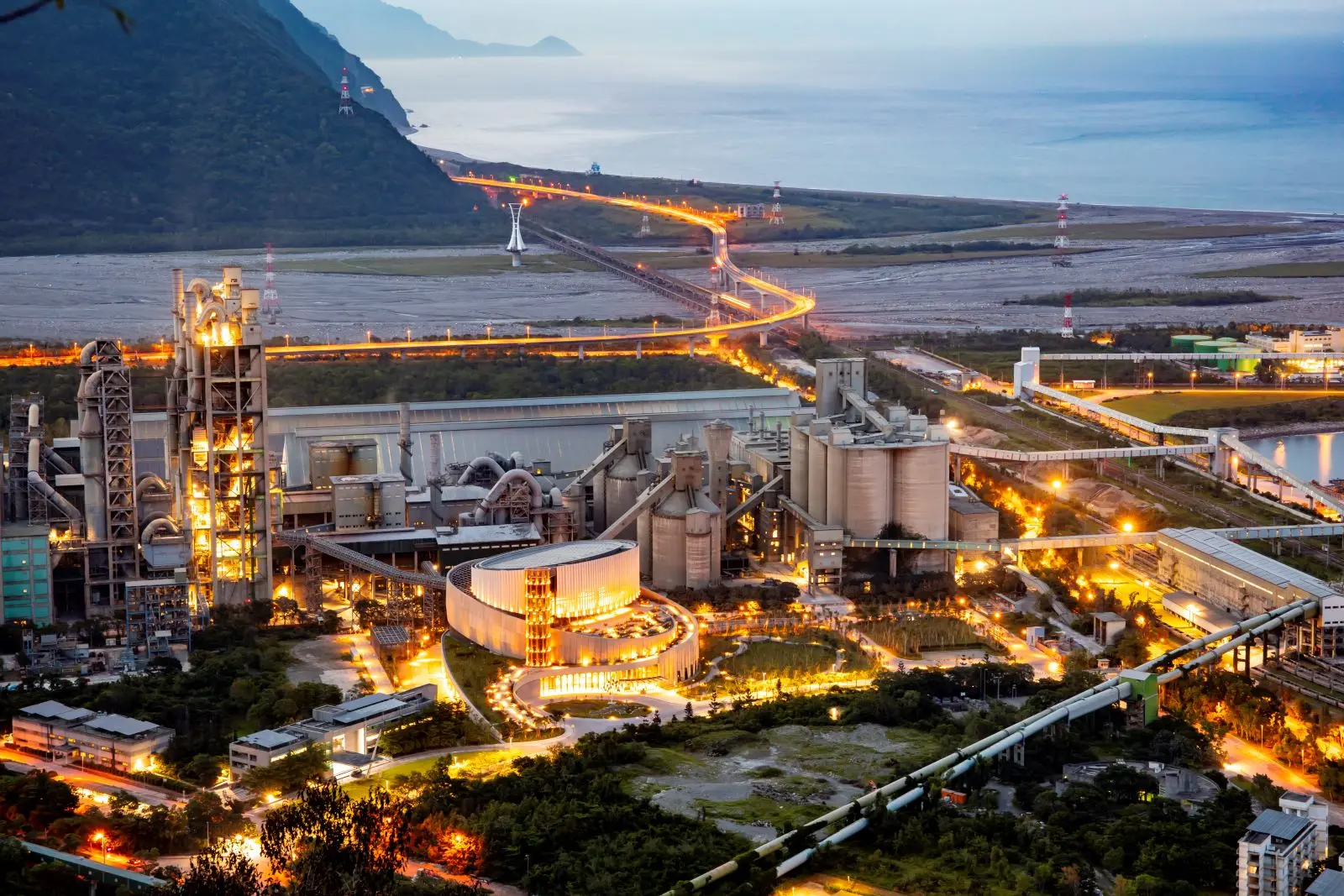
- Home
- GHG Management
GHG Management
TCC's products sold in Africa, Europe, Central Asia, and in Taiwan and Mainland China have all achieved the "low-carbon" rating from the Global Cement and Concrete Association (GCCA). TCC is the only company in Taiwan whose cement and concrete products have met third-party certified low-carbon standards.
GHG Emissions Intensity
668 kgCO2e/ ton of cemen
Clinker-to-cement Ratio (Taiwan and Mainland China)
0.789
Thermal Substitution Rate of Alternative Fuels (Taiwan and Mainland China)
15.4 %
.png)
.png)
.png)
Note
- The 2024 disclosure scope covers the global cement business, including CIMPOR, OYAK Cement, and the European operations headquarters.
.png)
.png)
.png)
.png)
.png)
.png)
Note
- The 2024 disclosure scope covers cement operations in Taiwan and Mainland China.


